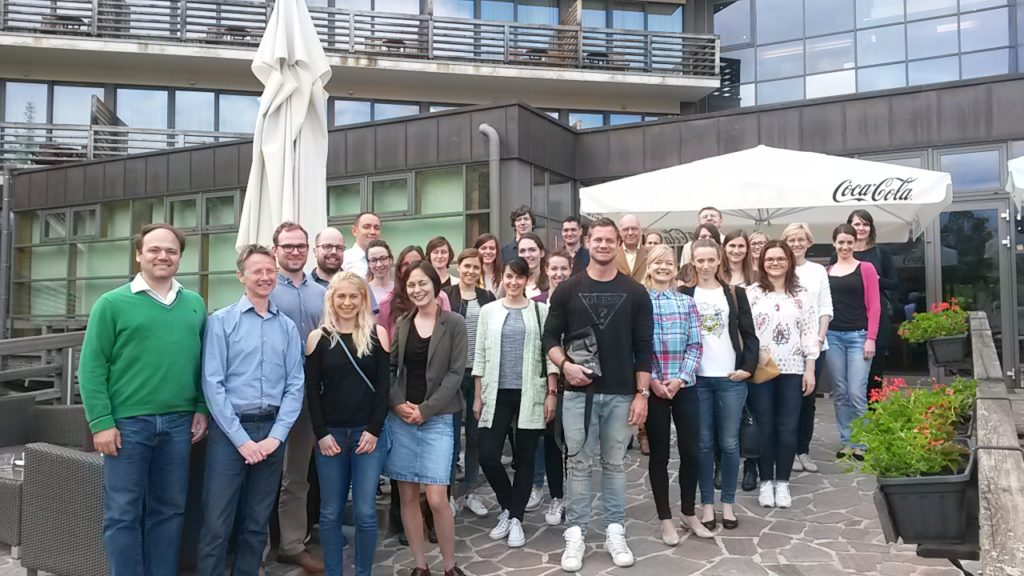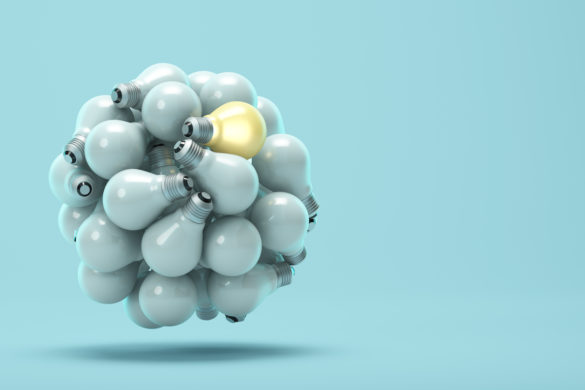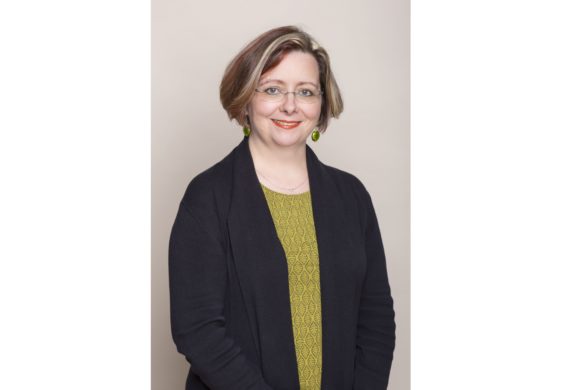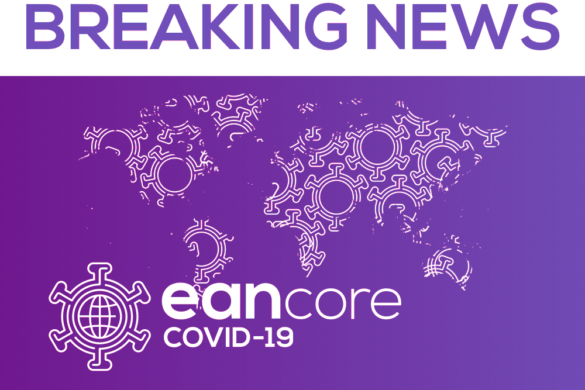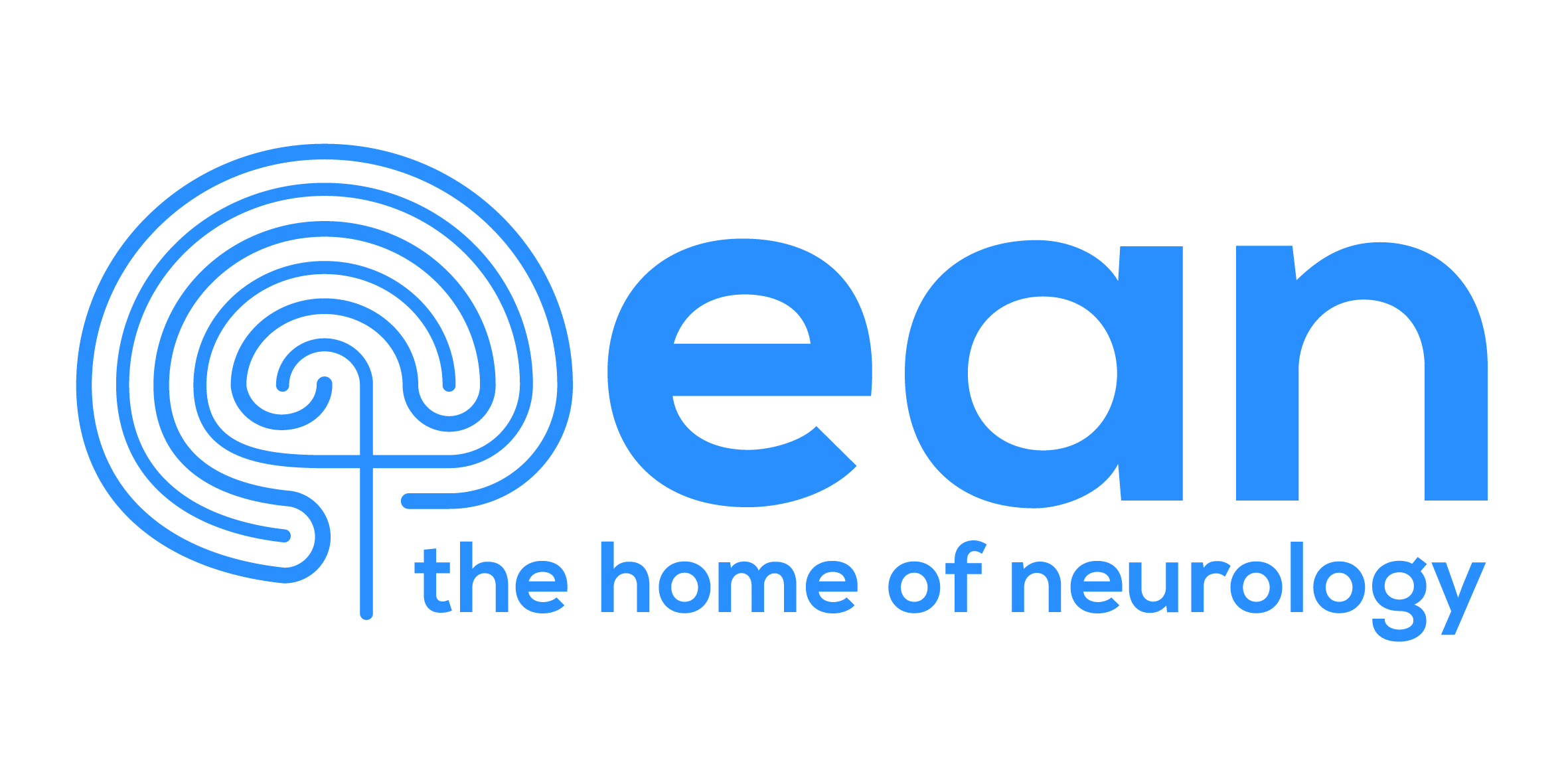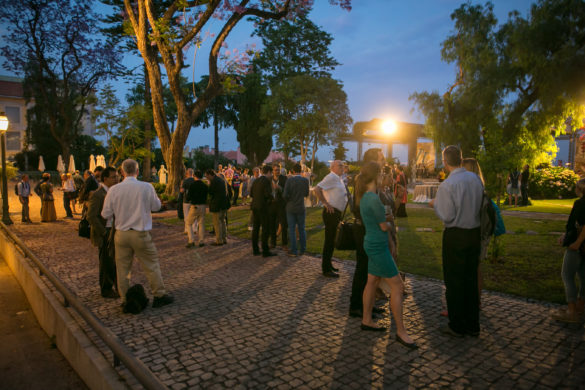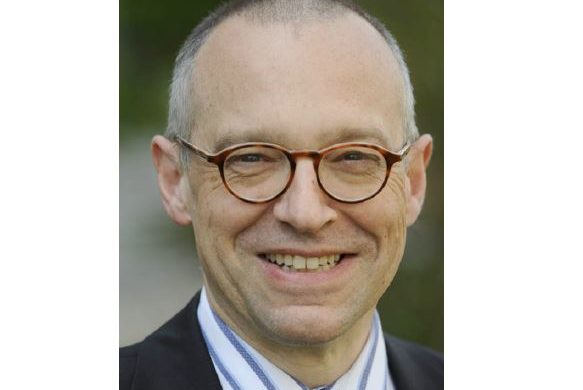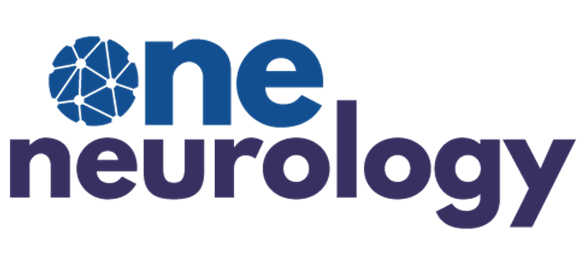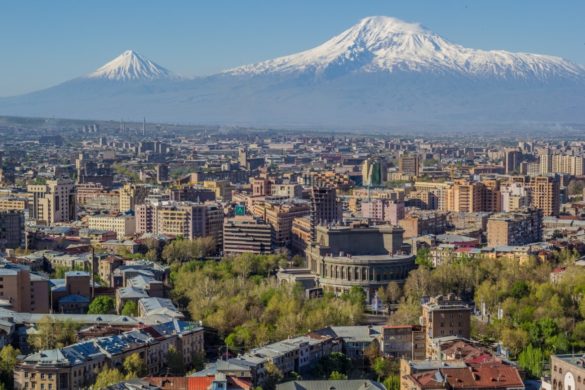Slovenia is in southern central Europe, covering an area of 20,000 km2 with a population of approximately two million people. Though small, the country spans from the southern Alps to the Adriatic coast, and from the Dinaric karst to the Pannonian plain. It is one of the most water-rich countries in Europe, and half of its territory is covered by forest.
Slovenia is at the crossroads of Slavic, German and Romanic languages and culture. The territory of Slovenia has been part of different states over its history, including the Roman Empire, the Iliryian Provinces of Napoleon, the Austrian Empire and Austria-Hungary. In 1918, the country constituted the Kingdom of Serbs, Croats and Slovenes (Kingdom of Yugoslavia from 1929) and was a founding member of the Federal People´s Republic of Yugoslavia in 1945. In June 1991, Slovenia separated from Yugoslavia and became an independent country. Slovenia entered the European Union in 2004 and joined the OECD, a global association of high-income developed countries, in 2010.
The capital of Slovenia, Ljubljana, has a population of approximately 300,000 people. Other major cities in Slovenia are Maribor, Celje, Koper, Nova Gorica, Ptuj, Kranj, Velenje, and Novo Mesto. The beautiful and diverse Slovenian landscapes attract thousands of tourists every year. Besides our capital, the breathtaking mountainous lake Bled, the magnificent Postojna and Škocjan caves, the historic Ptuj and charming coastal town Piran are our country’s gems. Well-known people from Slovenia include the architect Jože Plečnik, the popular philospoher Slavoj Žižek, the US first lady Melania Trump, and NBA basketball stars Luka Dončić and Goran Dragić.
The University of Ljubljana and its Faculty of Medicine were established in 1919. The second Faculty of Medicine was founded at the University of Maribor only 15 years ago. Altogether, approximately 270 undergraduate students per year are trained in both medical schools (185 in Ljubljana and 85 in Maribor). Additionally, around 50 foreign students from the Erasmus exchange program study at the Faculty of Medicine in Ljubljana every year.
Neurology in Slovenia is about 100 years old. In 1914, the Department for Nervous and Mental diseases was founded in the former nursing home, neurological diseases having been regarded as incurable at that time. The first head of the department was Dr. Ivan Robida (1871-1941). A prominent name from our beginnings was Dr. Alfred Šerko (1879-1931), a philosopher, neurologist and psychiatrist . Dr. Šerko worked in Munich with Emil Kraepelin and collected hundreds of charts from patients with various psychiatric diseases. He developed his own classification of psychoses and invented the term paraphrenia. He is also known for his self-experiments with mescaline (In Meskalinrausch, 1912).
Dr. Šerko contributed to the field of modern neurology with his doctoral thesis about spinal cord tumours (Einges zur diagnostik zur der Rueckenmarksgeschwuelste, 1913). Dr. Ivan Marinčič (1892-1970), his successor, was responsible for development of clinical laboratories at the Department of Neurology. Another important figure from more recent times was Dr. Milan Dimitrijević (1931) who established the world-famous Institute of Clinical Neurophysiology in 1969. He later moved to the USA and became a pioneer in the field of restorative neurology. Dr. Jože Trontelj (1939-2013) worked on single-fibre EMG and dedicated his later career to medical ethics. He was also president of the Slovenian Academy of Arts and Sciences.
There are eight neurological departments in Slovenia. The largest tertiary centre is the Division of Neurology (Head, Prof. Simon Podnar) at the University Medical Centre Ljubljana, and consists of three clinical departments: the Department of Neurology (classical neurology, in particular epilepsy, MS, dementia and movement disorders), the Department of Vascular Medicine with a stroke and intensive care unit, and the Department of Clinical Neurophysiology. There are 130 hospital beds at the Division of Neurology (10 ICU beds) with over 4,000 hospital admissions per year, nearly 20,000 outpatient neurological visits and close to 2,000 admissions daily to hospital unit. The department has extensive technical, research, and teaching facilities. Another clinical, and our second largest, department is at the University Medical Centre in Maribor. It was founded in 1953 and is currently led by Prof. Tanja Hojs-Fabjan.
Slovenia has a public healthcare system. All employers and employees contribute to the system through tax. The National Health Insurance Institute coordinates the programme which fully covers the costs of paediatric and some other diseases, among them epilepsy, muscle diseases and multiple sclerosis. Many other medical costs, however, are partially covered by voluntary insurance fees that help support the system. Almost all citizens of Slovenia pay voluntary insurance fees (approximately 400 euros per year) collected by three private insurance companies. One of the biggest problem of our healthcare system are long waiting periods for non-emergency procedures, partially due to the shortage of medical specialists.
There are 163 licensed (118 active) neurologists in Slovenia, which corresponds to 1 neurologist per 17,000 people. The number is smaller compared to our neighbouring countries but the situation will improve in the future. Currently, 62 residents are being trained in the field. Residency in neurology consists of six years of training/education with four-year rotation within neurology and a formal specialist exam at the end of the rotation.
All neurologists and residents are members of the Slovenian Neurological Society – Združenje nevrologov Slovenije (ZNS). The president of the ZNS is Prof. Uroš Rot, with Prof. Martin Rakuša as vice-president and Dr. Alenka Horvat-Ledinek as treasurer. The ZNS is a member of EAN and it is also connected, through our representatives, with the WFN and the UEMS. The main activities of the ZNS include organising the biannual meeting and many other congresses, as well as holding regular educational meetings for neurology residents (Figures 8,9). The ZNS constantly offers financial support for active participation of our residents at international neurological meetings. We strongly encourage their participation at the European Board Examination and cover the costs for the exam. The ZNS, together with the Slovenian Chamber of Physicians, regularly evaluates the curriculum and formal implementation of the residency programme.
Prominent contemporary neurologists from Slovenia active in international associations are Prof. David B Vodušek, former liaison officer of the EAN, Prof. Zvezdan Pirtošek, a world-renowned movement disorders and dementia specialist and member of the UEMS, and Prof. Simon Podnar, one of the world’s leading clinical neurophysiologists.
Slovenian neurologists are well connected within European and world neurology. Rather small conference capacities currently prevent large meetings from taking place in our country. Nevertheless, international neurological meetings are still held in Slovenia, like the recent Vascular Dementia Congress (ICVD, 2015) and the Non-motor Dysfunction in Parkinson´s Disease Congress (NMDPD, 2016). Finally, we would like to take this opportunity to warmly invite you to the Annual RIMS (Rehabilitation in Multiple Sclerosis) Conference which will take place this June in Ljubljana.
By
Prof. Uroš Rot, MD, PhD, Department of Neurology, University Medical Centre Ljubljana and Faculty of Medicine, University of Ljubljana
Prof. Martin Rakuša, MD, PhD, Department of Neurologic Diseases, University Medical Centre Maribor
Dr. Alenka Horvat Ledinek, MD, PhD, Department of Neurology, University Medical Centre Ljubljana

